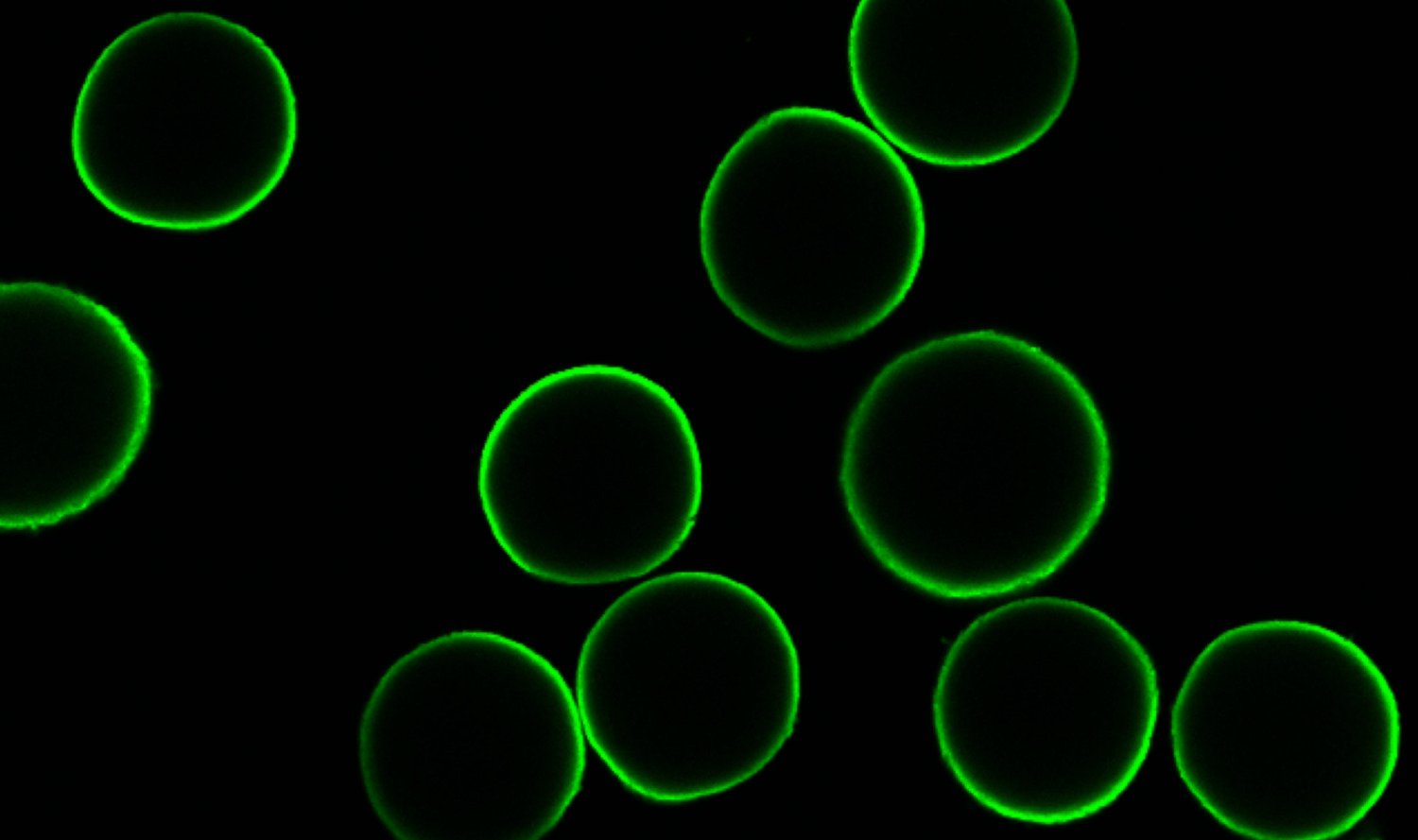New step taken towards non-hormonal contraception

A new study from Karolinska Institutet shows how a small antibody fragment can block fertilisation by targeting a key protein on the surface of the egg. This discovery brings a non-hormonal contraceptive one step closer to reality. The study has been published in the journal PNAS.
Scientists have taken an important step towards the development of a new type of non-hormonal contraceptive method. In the new study, the researchers describe how a modified antibody fragment can block fertilisation by targeting the protein ZP2 on the surface of the egg.

“Our study shows how a small antibody fragment can block fertilisation by targeting ZP2, a key protein in the outer layer of the egg that is involved in both sperm binding and blocking polyspermy,” says Luca Jovine, Professor of Structural Biology at the Department of Medicine, Huddinge (MedH).
Effective blocking of fertilisation
The researchers have used X-ray crystallography to map the interaction between the antibody IE-3, which is known to prevent fertilisation in mice, and ZP2 at the atomic level. A modified, smaller version of the antibody (scFV) was found to be equally effective, blocking fertilisation in 100 percent of IVF tests with mouse eggs. Because it lacks the immune-triggering Fc region of the full antibody, scFV minimises potential side effects.
“Despite its small size, the fragment remained effective, reducing potential side effects,” explains Luca Jovine. These findings provide a basis for a targeted, reversible contraceptive method that avoids hormone-related risks.
New type of contraception
The findings pave the way for a new type of female non-hormonal contraceptive method. Current methods rely on hormones, which can cause side effects such as mood changes, headaches or increased risk of blood clots. Blocking fertilisation on the surface of the egg has been proposed as an alternative, but antibodies were deemed unsuitable due to possible immune responses triggered by their Fc region.
The next step in the research is to develop a similar antibody that targets human ZP2 and test whether its scFV fragment can block fertilisation in human IVF. If this is successful in IVF experiments, the next phase will focus on assessing safety, stability and potential delivery methods, bringing researchers closer to a non-hormonal contraceptive method for human use.
The study was funded by the Swedish Research Council, the European Research Council, the Knut and Alice Wallenberg Foundation, the European Molecular Biology Organisation (EMBO) and the Deutsche Forschungsgemeinschaft (DFG).
Publication
Structural basis of ZP2-targeted female nonhormonal contraception E. Dioguardi, A. Stsiapanava, E. Fahrenkamp, L. Han, D. de Sanctis, J. Inzunza, & L. Jovine, Proc. Natl. Acad. Sci. U.S.A., 11 April 2025, Doi: 10.1073/pnas.2426057122 (2025).
